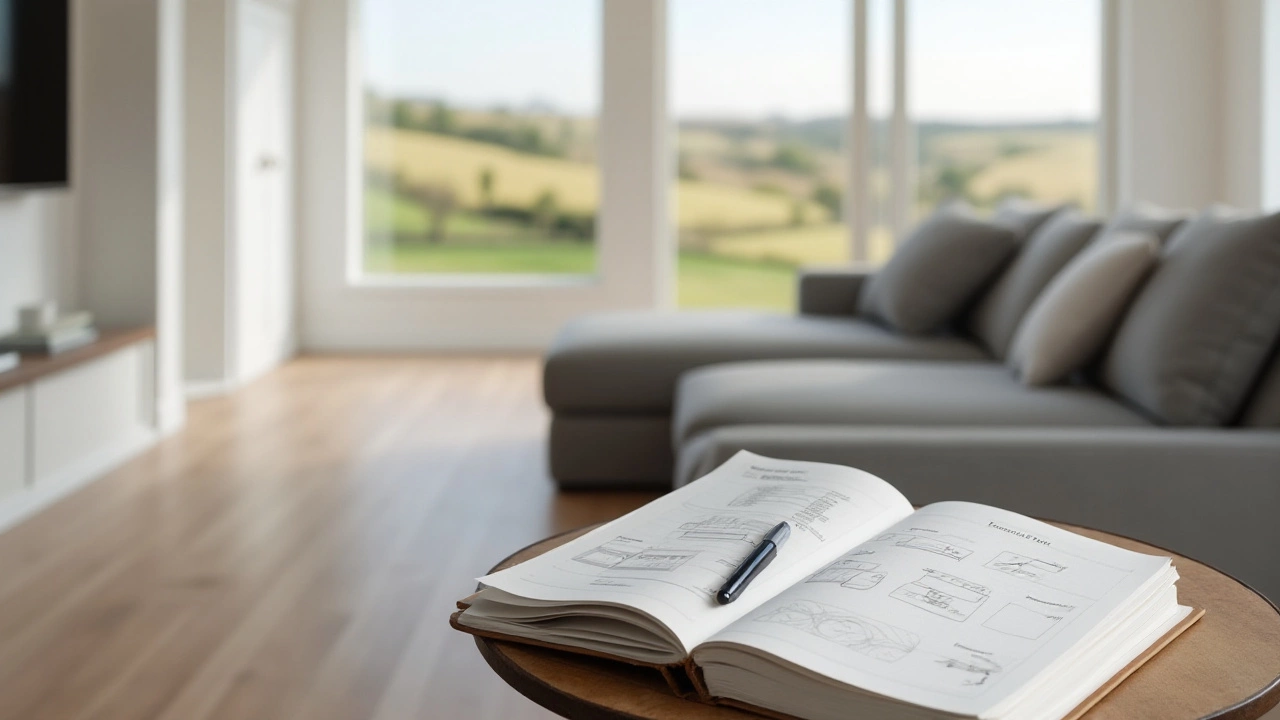Interior Design Made Simple for UK Homeowners
Ever walked into a room and thought it could look better, but didn’t know where to start? You’re not alone. Interior design doesn’t have to be a fancy, expensive project – it’s about making the space you live in feel right for you. Below are down‑to‑earth ideas you can use today, whether you’re refreshing a single room or giving the whole house a new vibe.
Choosing Colours That Work
Colour is the quickest way to change a room’s mood. In the UK, natural light can be limited, especially in winter, so lighter shades often feel brighter and larger. Try a soft neutral on the walls –think warm greys or creamy whites – and add colour with accessories like cushions, throws, or artwork. If you love bold hues, use them as accent pieces rather than covering every wall. A navy sofa or a rust‑red rug can add personality without overwhelming the space.
Don’t forget about the ceiling. A light colour up top reflects light back down and can make low ceilings feel higher. When you’re feeling adventurous, paint the ceiling a very pale shade of the wall colour for a subtle, cohesive look.
Maximising Small Spaces
Small rooms are common in many UK homes, especially flats and terraced houses. To avoid feeling cramped, think vertical. Tall bookshelves, wall‑mounted shelves, and hanging storage keep the floor clear and draw the eye upward. Mirrors are another trick – a large mirror opposite a window bounces light around and creates the illusion of more space.
Furniture with built‑in storage is a game‑changer. Look for sofas with hidden compartments, ottomans that open up, or beds with drawers underneath. When you buy new pieces, choose a scale that fits the room; a huge sectional will dominate a modest living area, while a slim, streamlined sofa keeps the flow open.
Keep pathways clear. If a rug blocks the walk‑through, swap it for a smaller one or use a runner that follows the traffic line. This small change makes the room feel more organized and easier to move around.
Finally, lighting matters as much as colour. A mix of ambient, task, and accent lighting lets you control the atmosphere. A floor lamp beside a reading chair, under‑cabinet LEDs in the kitchen, and a dimmable ceiling light in the lounge give you flexibility for different activities.
Remember, interior design is personal. Use these tips as a starting point, then add the details that reflect your taste – a favourite vintage clock, a family photo collage, or a plant that brightens the corner. When everything feels functional and you enjoy looking at it, you’ve nailed the design.
Ready to try one of these ideas? Pick a room, set a small goal – like swapping a lamp or adding a fresh cushion colour – and see how quickly the space transforms. Small steps add up to a home that feels truly yours.

